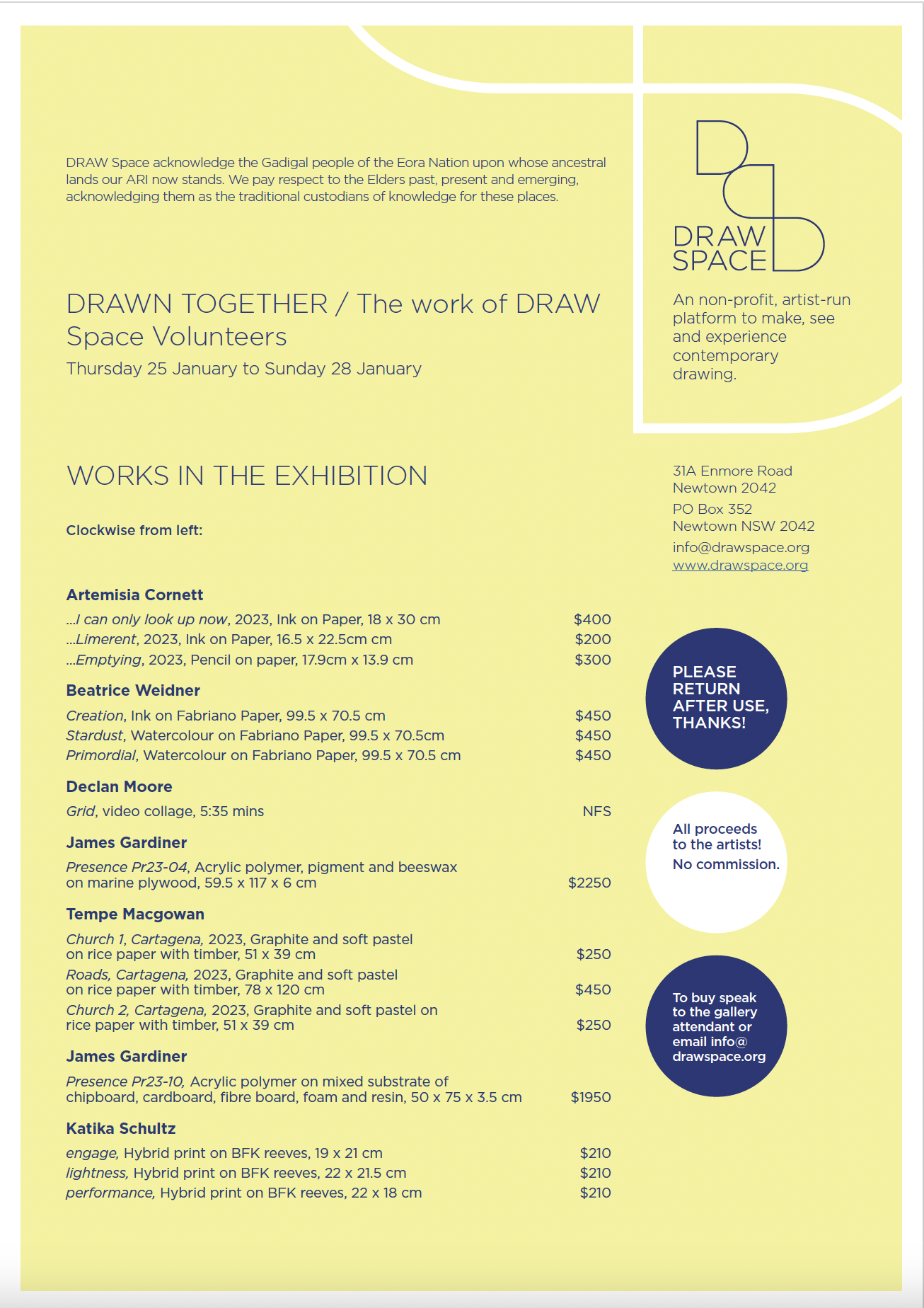DRAW Space is delighted to present DRAWN TOGETHER / The work of DRAW Space volunteers.
We couldn’t operate our artist-run space without this team of hard working volunteers. This group show features the work of:
Artemisia Cornett, James Gardiner, Tempe Macgowan, Declan Moore, Katika Schultz and Beatrice Weidner
If you would like to join the DRAW Space team, send us an email for more information.
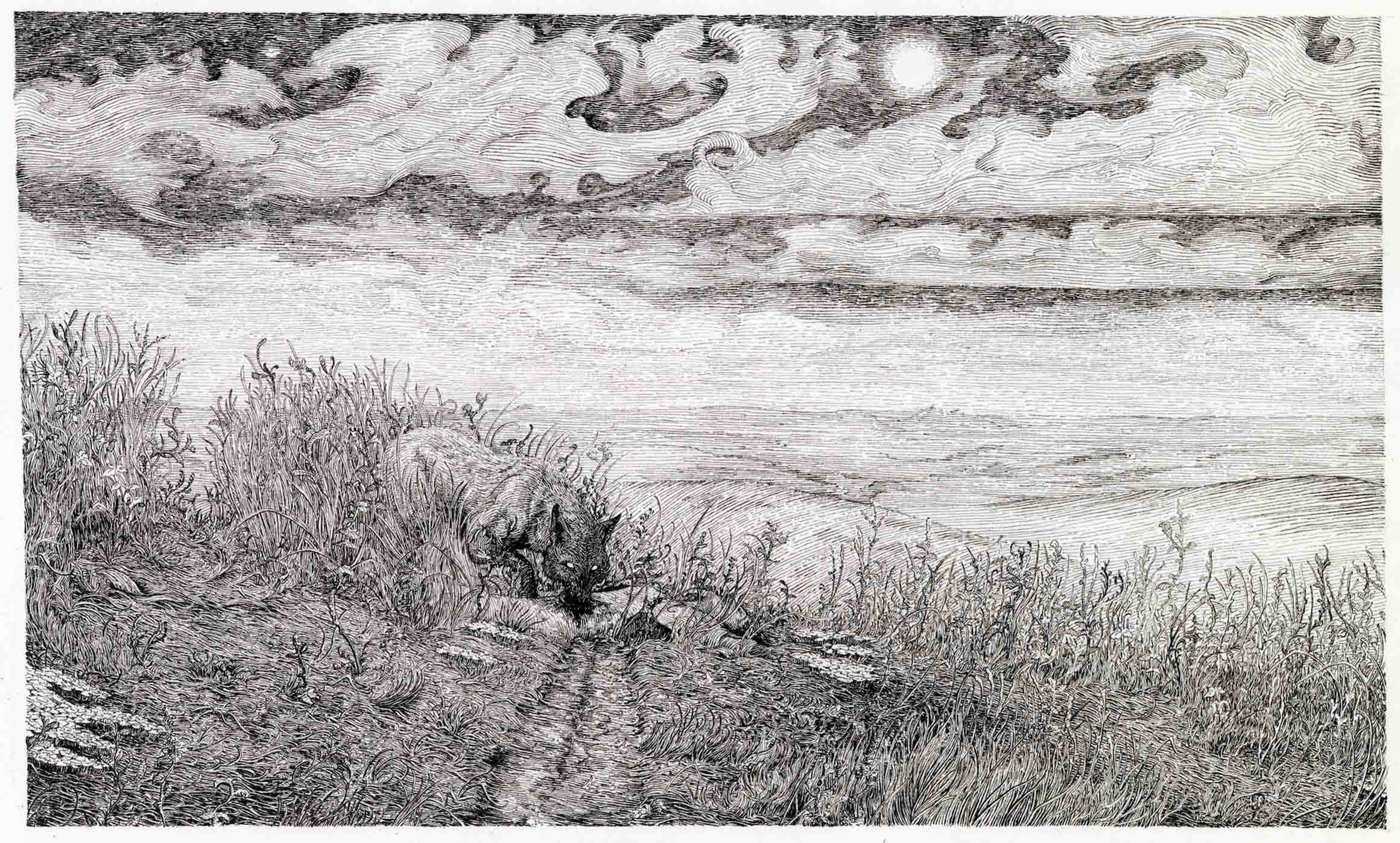


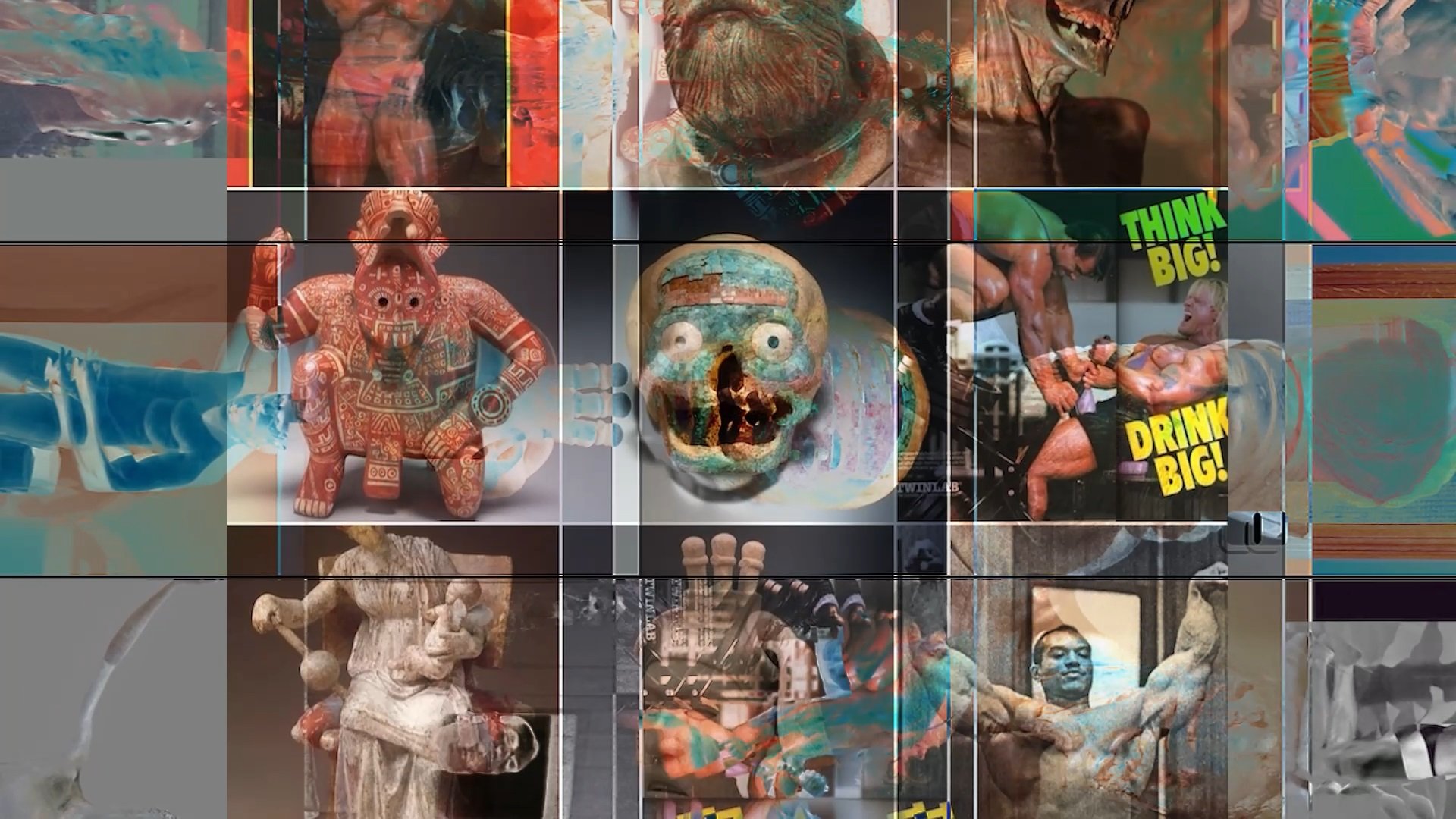
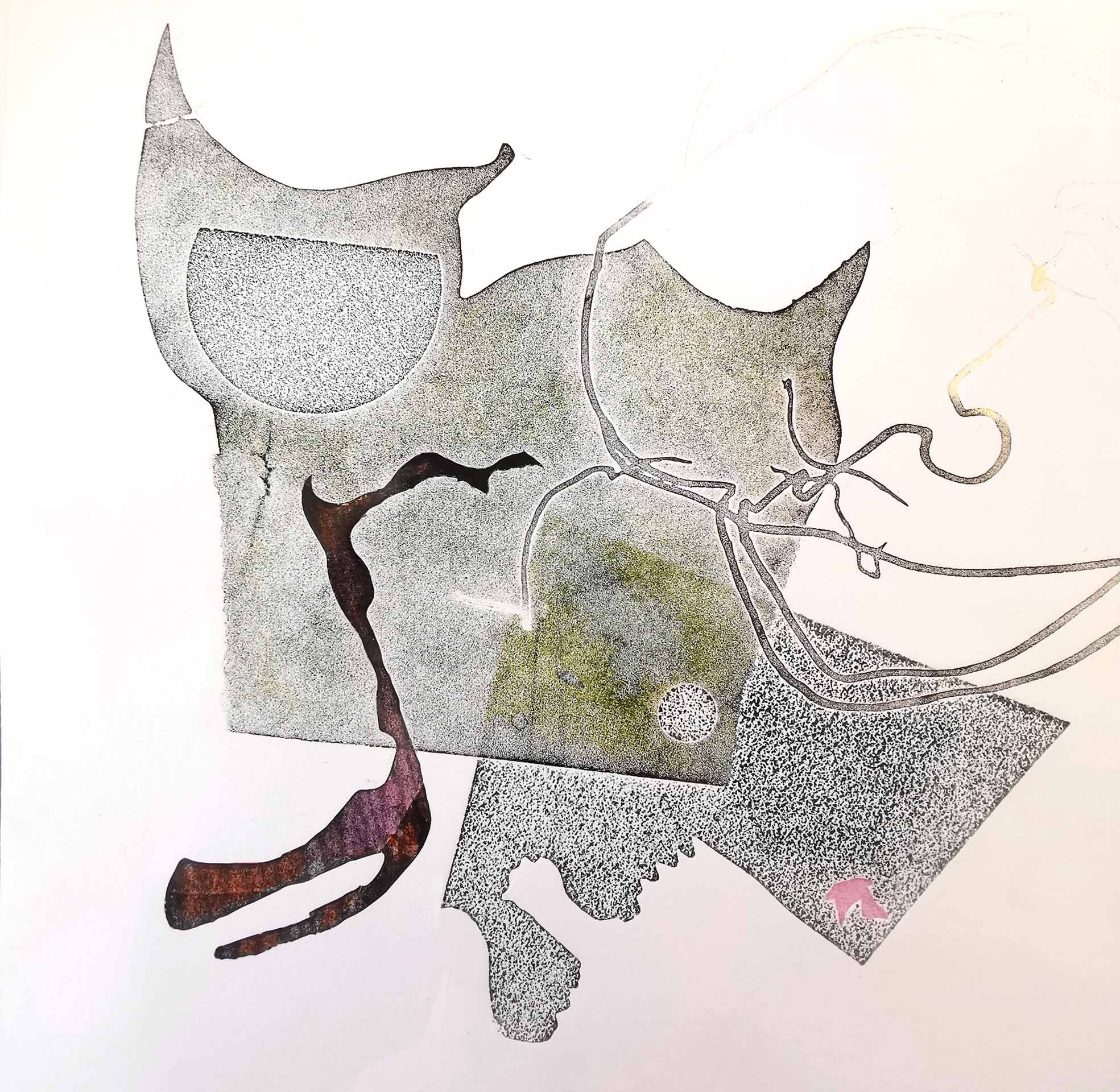
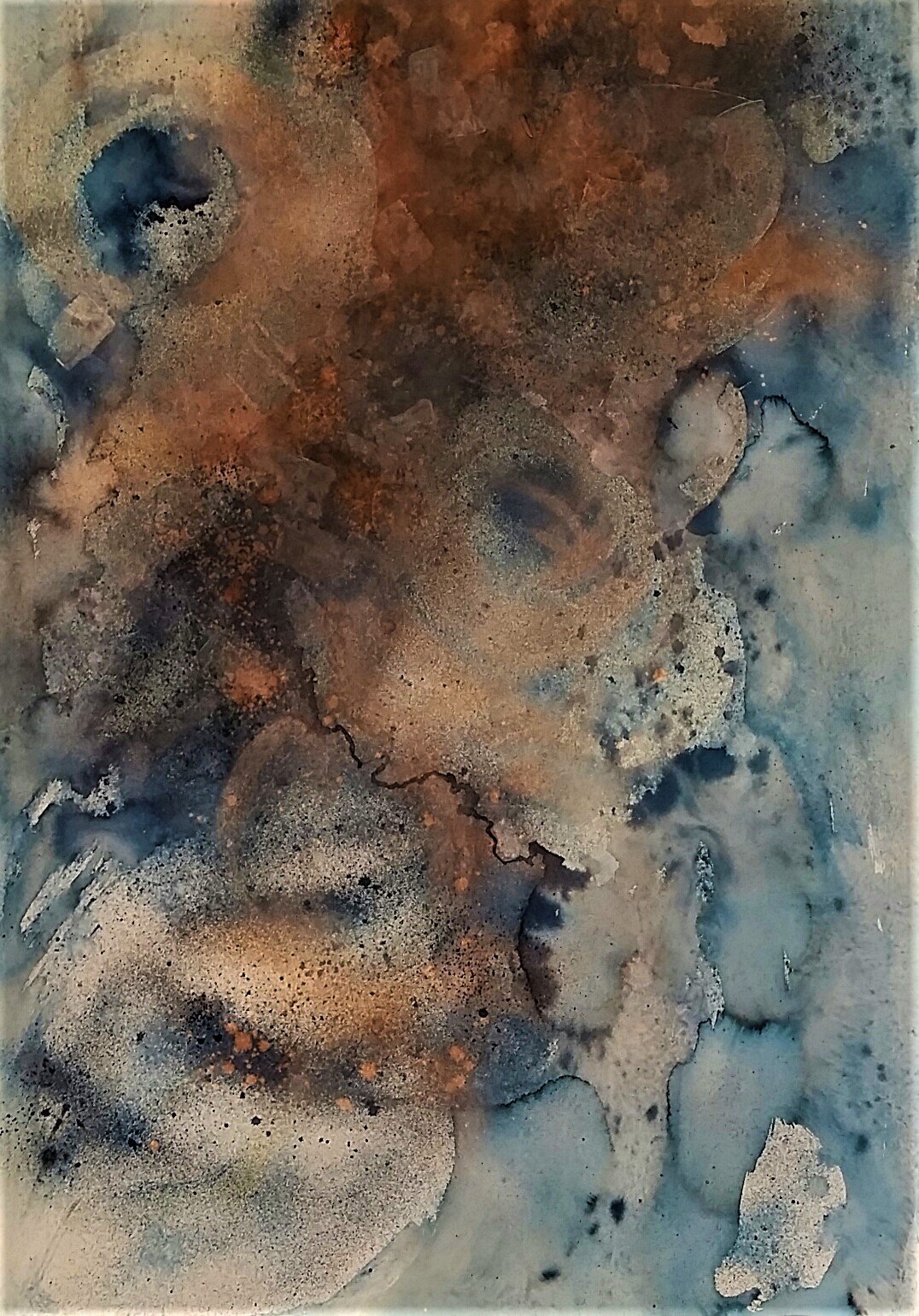
Room Sheet
Download the exhibition room sheet. To purchase artwork email info@drawspace.org.
EXHIBITION ESSAY – Drawn Together
The “rope”, along with the “stick”, are two of mankind's oldest tools, the stick to keep the bad away, the rope used to bring the good towards us.
Kobo Abe, Nawa (“The Rope”)
Ropes and sticks are each a type of line. Curved or straight, jagged or smooth, such characteristics conjure a range of emotional responses. The jagged line may feel aggressive or disconcerting, while rhythmic undulations of a curved line may evoke a sense of tranquillity and softness.
The etymological root of the word “draw”, drauen, means to drag and pull something, like a rope. The drawn line is a trace of this pulling motion, latent with an emotional energy that may resonate with the audience. That resonance, being the interpretation and internalisation of meaning derived from art, can nourish the self with wonder and insight, thereby fostering a form of “good”. While most art media can achieve this exact function, drawing is unique in its accessibility, able to be performed with only basic materials. It also has an immediate result that lends itself to instinctual expressions. From doodles on workplace notepaper to messages and symbols traced in sand, the characteristics of drawing, such as line and value are democratised, allowing the good from artmaking to arise anywhere.
Gallery spaces are like wells, bringing “good” to communities. The stone walls of the well and the plaster of the gallery focus the viewer's attention on its contents. The rope and pulleys are the gallery team, from curators to installers, their energy is put into circulating the bucket. The mouth of the well and where the bucket is filled by the water are connected by a rope. Wells “draw” up water to sustain communities, while galleries draw up an intellectual and spiritual curiosity that nourishes communities by cultivating ideas that elevate the richness of life.
Drawn Together honours the supporters of DRAW Space, recognising their contributions to the gallery and the wider arts community in Sydney. The work of volunteers represents a dialogue of varied practices, traversing the diversity of drawing as a visual language.
Drawing is both a means of thinking and expressing thought in a visual language. In Presence pr23-10 James Gardiner crystallizes the results of an instinctual mark-making process through visceral CNC engravings. A stone grey surface of delicately machined hatching lines is interrupted by waves of red space ferociously spreading beyond parabolic lines to devour the substrate. The organic colony of forms is derived from an unconscious method of drawing where constant improvisation files the creative process down to its most instinctual. This automatic style allows James to “get out of his own head” to become completely present in the moment of creation.
By embedding the forms in a solid surface, James blends the animal intensity of the handmade mark and the machine’s precision into an ambiguous mass of topography and portraiture. The moment of viewing becomes a moment of contextualisation in the vein of pareidolia, where the perspective of the audience imbues these marks with symbolic value and emotion.
Beatrice Weidner’s work similarly plays with the instinctual and experimental to meditate on subjective experiences of nature. Across sketchbooks and watercolour drawings, Beatrice’s images brim with rich details from incidental marks and pooling pigments across the substrate, arriving at the point of abstraction where the infinite expanse of the universe is indistinguishable from infinitesimal biology. Her titles invoke the cosmic and terrestrial, Stardust depicting at once the nebulas in the outer reaches and the murky waters teeming with life. Ecological systems big and small rely on interconnectedness, and this mirroring of subjects clarifies the harmony between such systems.
The immediacy of drawing that so effectively translates the instinctual decisions of James and Beatrice’s work also lends itself to responses to direct observation. Roads by Tempe Macgowan is a delicate graphite drawing on rice paper sheets, recording the details of a holiday to Colombia. Extracting elements of architecture and streetscapes, the traces of her journey through Cartagena are re-organised and embedded into the composition at random; the softness of the rice paper blurring layers of memory into an amorphous representation of the act of travel. This distillation suggests a place teeming with narrative for the audience to unfurl as their eyes trace the fine lines of castle walls and curbs throughout the reimagining of Cartagena. Drawing becomes a tool in communicating the spider web of feelings underpinning observation, imbuing a place with a rich sense of personal significance.
Expanding on the notion of traces and mapping, engage by Katika Schultz communes with the power of objects as mnemonic devices. Impregnating various objects with pigments and dyes, Katika extracts patterned silhouettes with printing presses to render playful abstractions. The collage of ink shapes ripples with a soft black edge, an underlying palette of muted pinks, greens and greys harmonising the forms in a collective body of sorts. While the individual shapes can offer clues to their physical origin, two shocking flashes of yellow cause the subject to bear vaguely figurative qualities, conjuring a feeling of endearment. The incidental marks of this transfer process communicate the pure sentimentality of art-making, where the appreciation of an object and its role in the lived experience transforms into a new form capable of resonating with different set of emotions. The immediacy of drawing creates a space for this initial sentiment to resonate with little distraction, allowing the audience to pick up on the nuances embedded into each shape.
That is not to say that a more methodical approach to drawing limits its potential to offer insight and ‘good’. Artemisia Cornett’s Limerent leverages the storytelling potential of drawing through highly detailed representations of animal allegory. A nest of fine lines coalesce into an image of a rabbit lying fragile in an illuminated circle, momentarily safeguarded from an encroaching darkness. The intimacy of the small scale, coupled with intense detail, invites the audience to immerse themselves in the suggested narrative and extract from it interpretations relevant to their lived experience.
Declan Moore’s work similarly invites speculation on the personal experience of a contemporary world through Grid.mp4. The video collage is a surreal meditation on the effect of the internet on communication, especially our visual vocabulary. The tactility of the computer interface overlaps with the act of drawing, the clicking and dragging of files leaving a near intangible trace from their new residence back to their original context. In a culture of image saturation, the truth revealed by the photograph is radically altered by its context, Declan’s frantic collision of images across time and cultures inviting introspection on the bridging point between physical and digital cultures.
Across methods of drawing ranging from rehearsed to spontaneous, the value of DRAW Space as an institution celebrating the diversity of drawing is a testament to the validity of any method of expression. Drawing from the well of talent the Sydney community offers, galleries can inspire a new generation of makers to embrace their innate potential to create and share.
© Artemisia Cornett, January 2024
Bibliography
Rogers, Tim. “Nawa” (“The Rope”) by Kobo Abe. Medium article, November 1, 2019.
https://medium.com/@108/nawa-the-rope-by-kobo-abe-19db9afa6dd3

